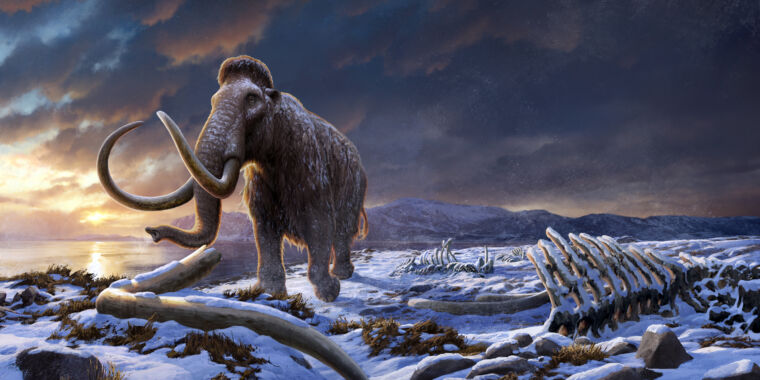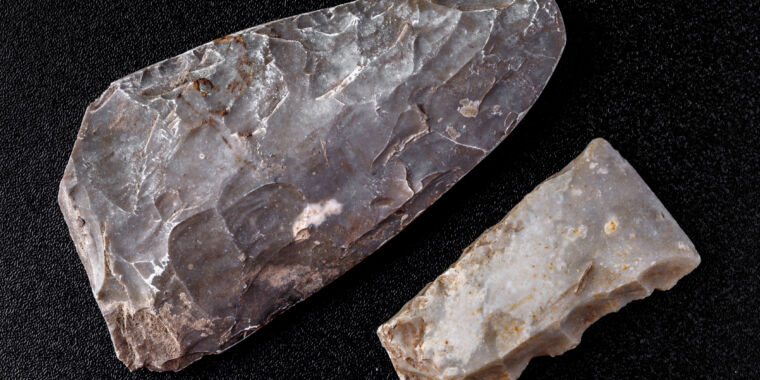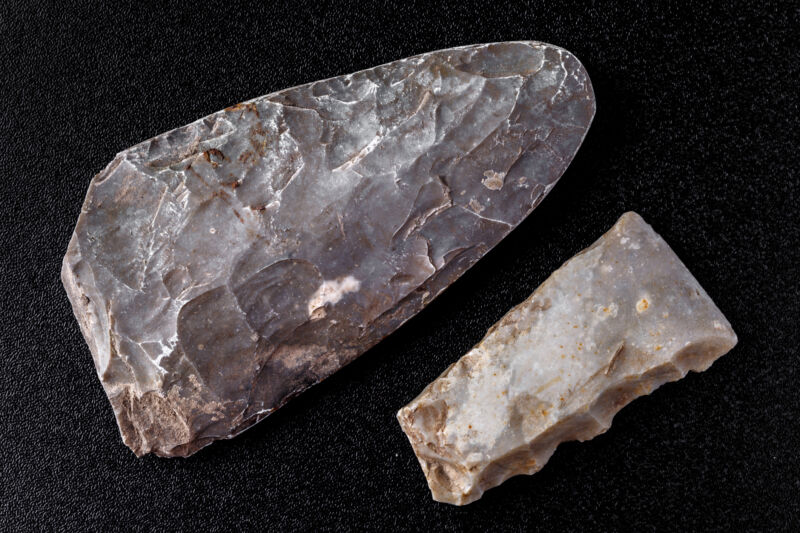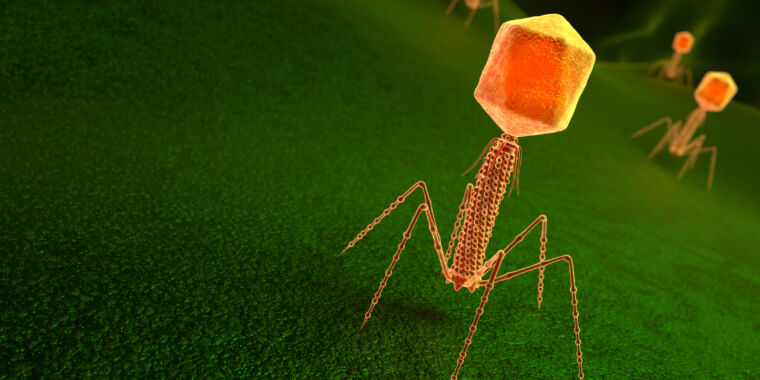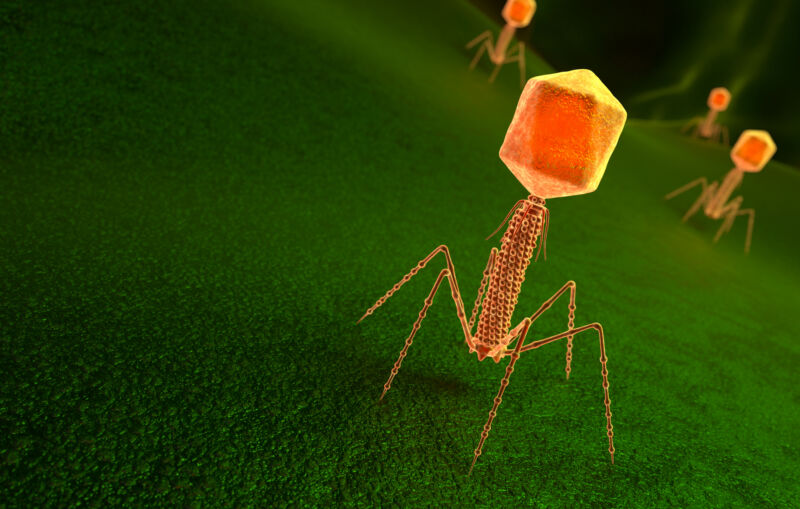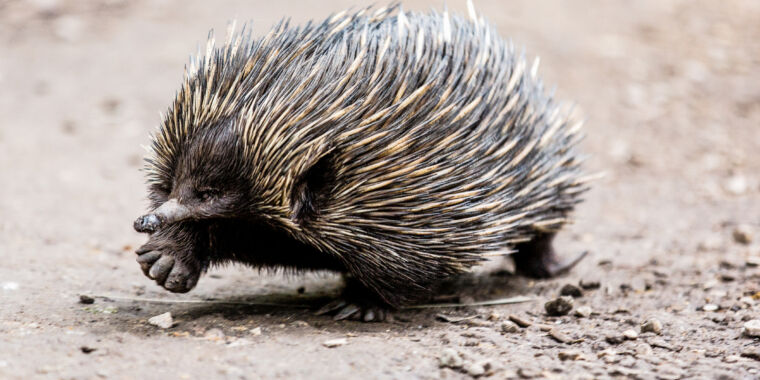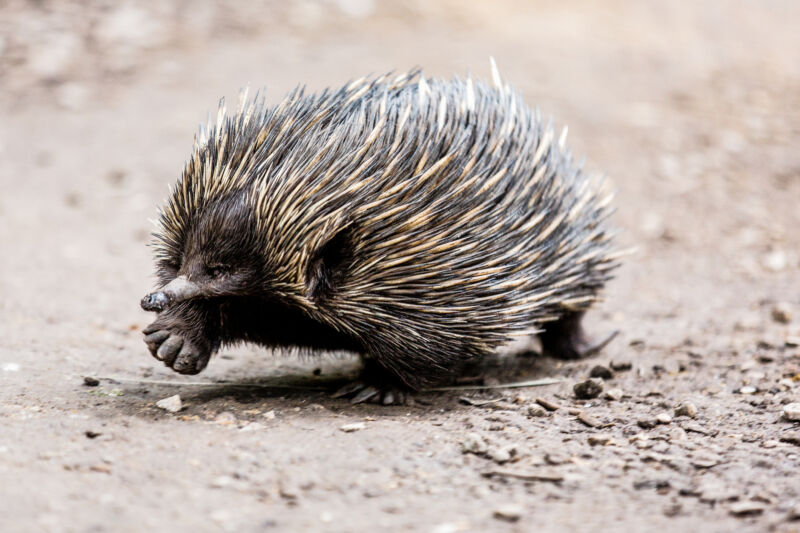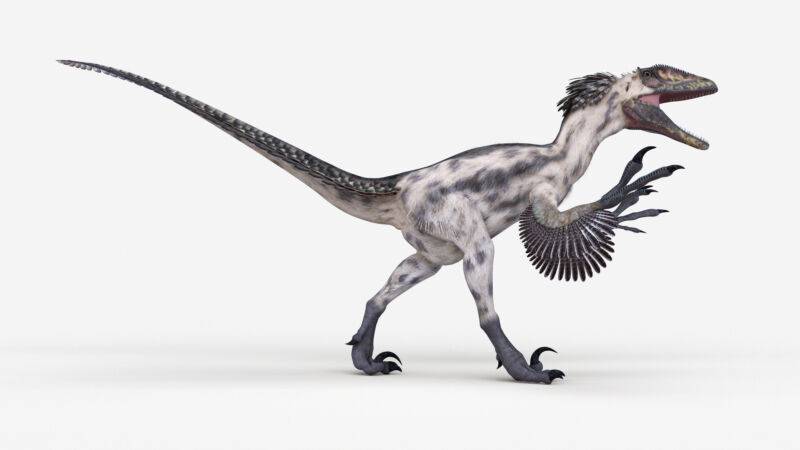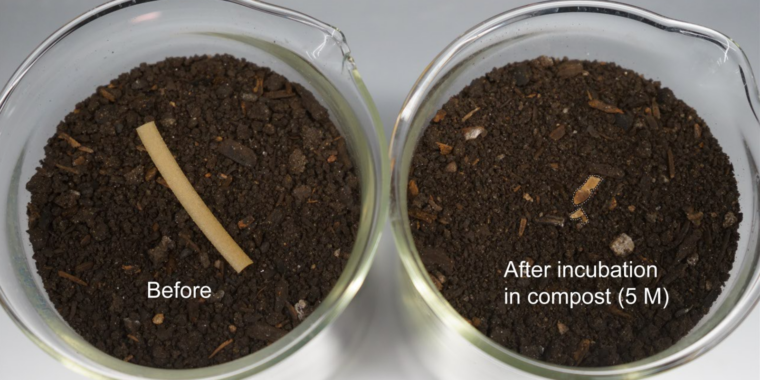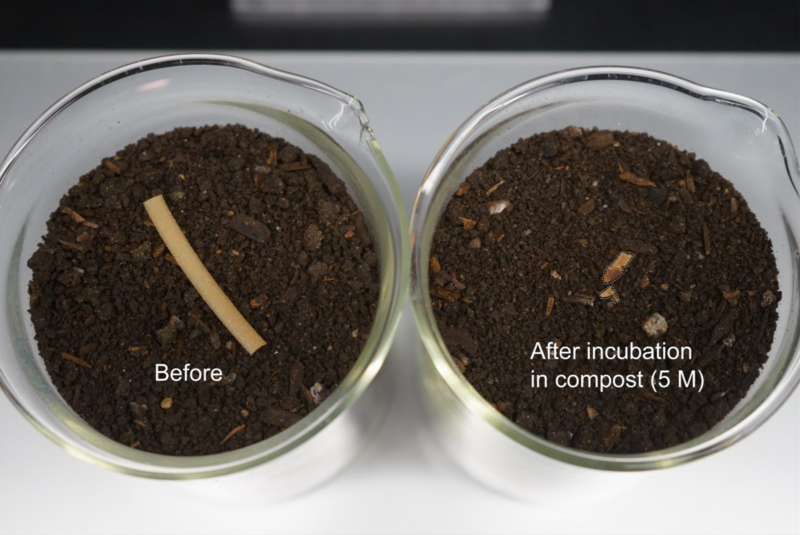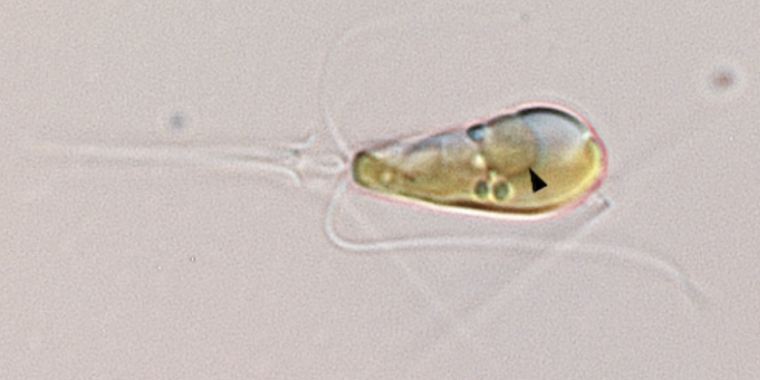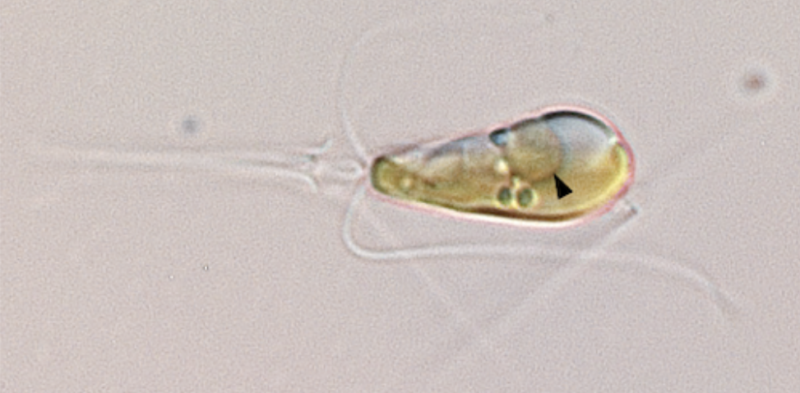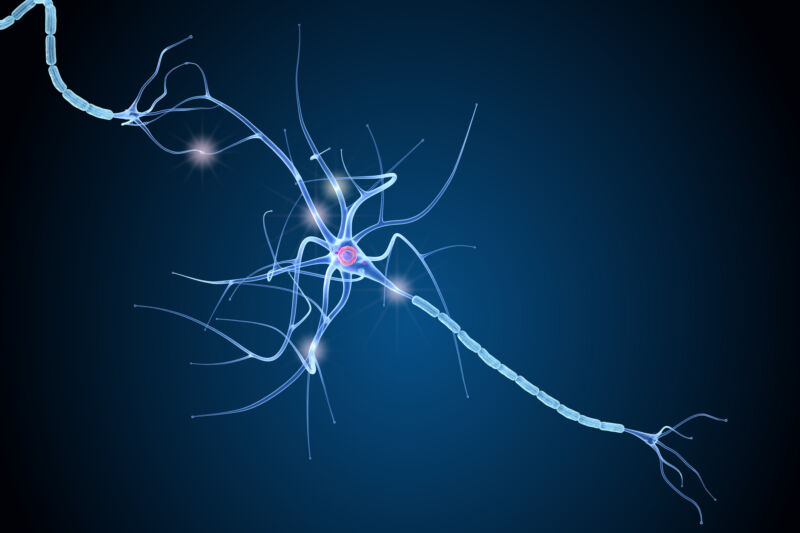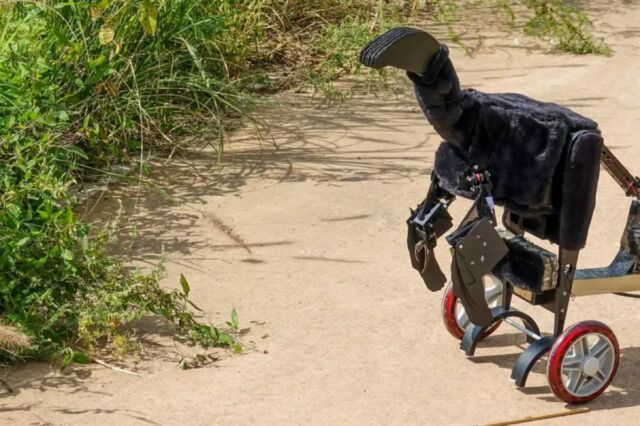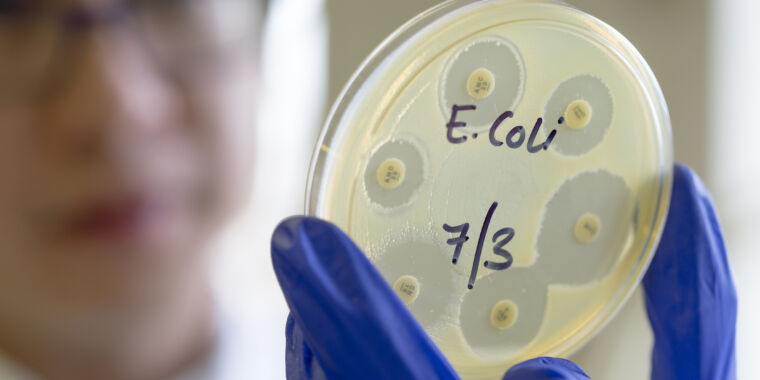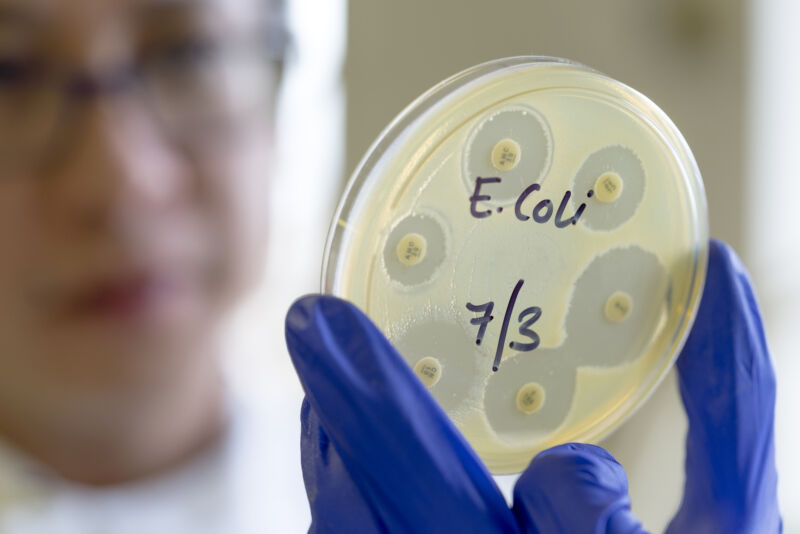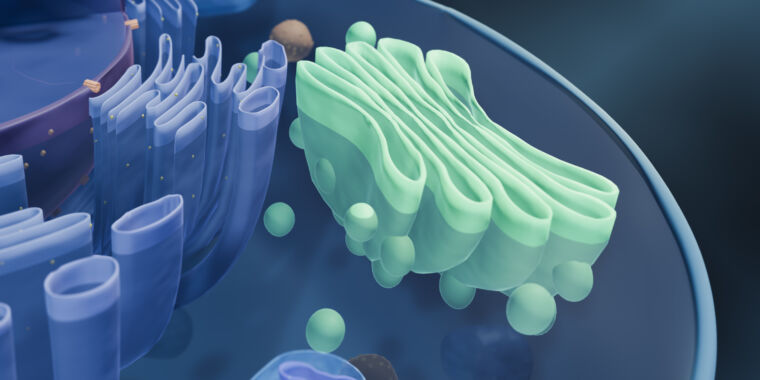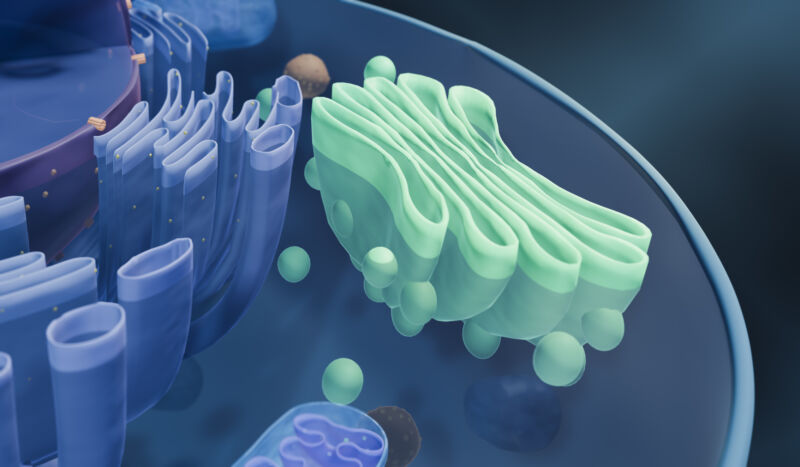DNA from mammoth remains reveals the history of the last surviving population
Sole survivors —
The mammoths of Wrangel Island purged a lot of harmful mutations before dying off.
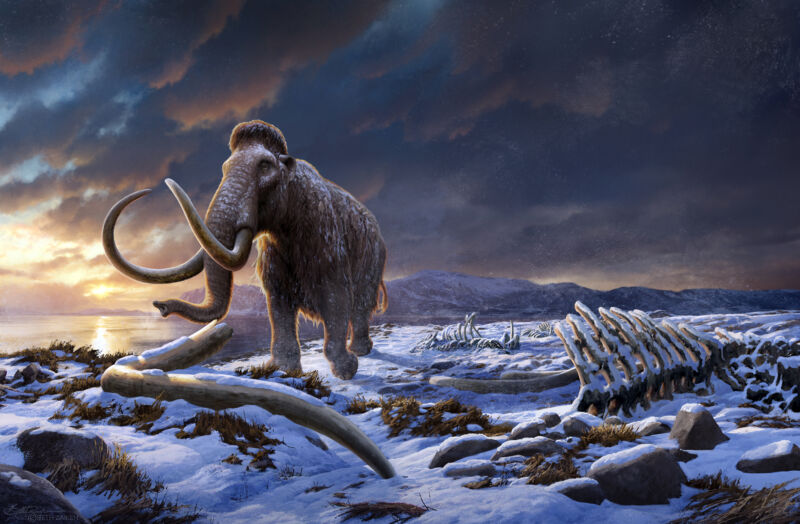
Enlarge / An artist’s conception of one of the last mammoths of Wrangel Island.
Beth Zaiken
A small group of woolly mammoths became trapped on Wrangel Island around 10,000 years ago when rising sea levels separated the island from mainland Siberia. Small, isolated populations of animals lead to inbreeding and genetic defects, and it has long been thought that the Wrangel Island mammoths ultimately succumbed to this problem about 4,000 years ago.
A paper in Cell on Thursday, however, compared 50,000 years of genomes from mainland and isolated Wrangel Island mammoths and found that this was not the case. What the authors of the paper discovered not only challenges our understanding of this isolated group of mammoths and the evolution of small populations, it also has important implications for conservation efforts today.
A severe bottleneck
It’s the culmination of years of genetic sequencing by members of the international team behind this new paper. They studied 21 mammoth genomes—13 of which were newly sequenced by lead author Marianne Dehasque; others had been sequenced years prior by co-authors Patrícia Pečnerová, Foteini Kanellidou, and Héloïse Muller. The genomes were obtained from Siberian woolly mammoths (Mammuthus primigenius), both from the mainland and the island before and after it became isolated. The oldest genome was from a female Siberian mammoth who died about 52,300 years ago. The youngest were from Wrangel Island male mammoths who perished right around the time the last of these mammoths died out (one of them died just 4,333 years ago).
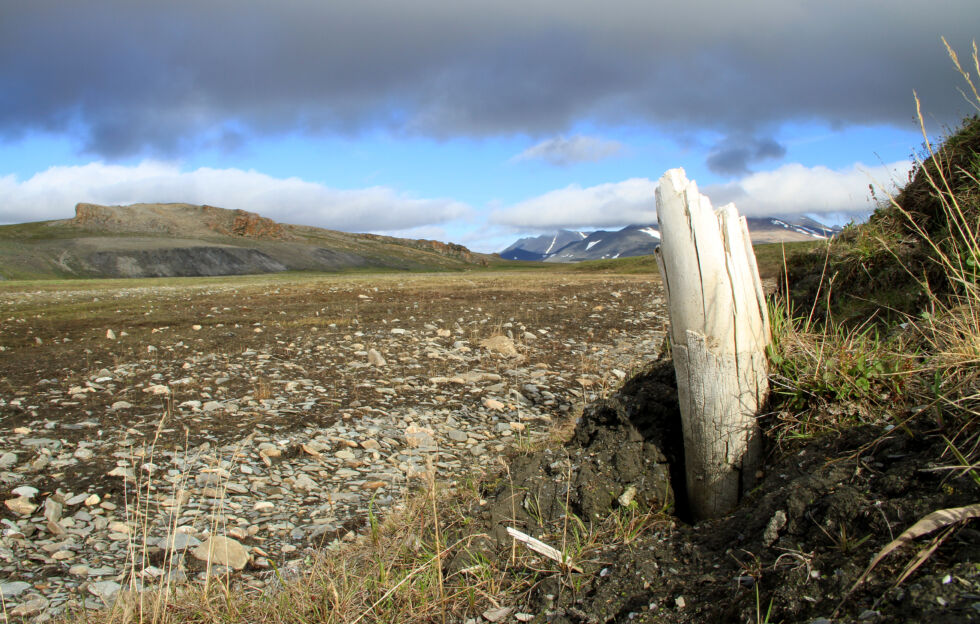
Enlarge / Wrangel Island, north of Siberia has an extensive tundra.
Love Dalén
It’s a remarkable and revealing time span: The sample included mammoths from a population that started out large and genetically healthy, went through isolation, and eventually went extinct.
Mammoths, the team noted in their paper, experienced a “climatically turbulent period,” particularly during an episode of rapid warming called the Bølling-Allerød interstadial (approximately 14,700 to 12,900 years ago)—a time that others have suggested might have led to local woolly mammoth extinctions. However, the genomes of mammoths studied through this time period don’t indicate that the warming had any adverse effects.
Adverse effects only appeared—and drastically so—once the population was isolated on that island.
The team’s simulations indicate that, at its smallest, the total population of Wrangel Island mammoths was fewer than 10 individuals. This represents a severe population bottleneck. This was seen genetically through increased runs of homozygosity within the genome, caused when both parents contribute nearly identical chromosomes, both derived from a recent ancestor. The runs of homozygosity within isolated Wrangel Island mammoths were four times as great as those before sea levels rose.
Despite that dangerously tiny number of mammoths, they recovered. The population size, as well as inbreeding level and genetic diversity, remained stable for the next 6,000 years until their extinction. Unlike the initial population bottleneck, genomic signatures over time seem to indicate inbreeding eventually shifted to pairings of more distant relatives, suggesting either a larger mammoth population or a change in behavior.
Within 20 generations, their simulations indicate, the population size would have increased to about 200–300 mammoths. This is consistent with the slower decrease in heterozygosity that they found in the genome.
Long-lasting negative effects
The Wrangel Island mammoths may have survived despite the odds, and harmful genetic defects may not have been the reason for their extinction, but the research suggests their story is complicated.
At about 7,608 square kilometers today, a bit larger than the island of Crete, Wrangel Island would have offered a fair amount of space and resources, although these were large animals. For 6,000 years following their isolation, for example, they suffered from inbreeding depression, which refers to increased mortality as a result of inbreeding and its resulting defects.
That inbreeding also boosted the purging of harmful mutations. That may sound like a good thing—and it can be—but it typically occurs because individuals carrying two copies of harmful mutations die or fail to reproduce. So it’s good only if the population survives it.
The team’s results show that purging genetic mutations can be a lengthy evolutionary process. Lead author Marianne Dehasque is a paleogeneticist who completed her PhD at the Centre for Palaeogenetics. She explained to Ars that, “Purging harmful mutations for over 6,000 years basically indicates long-lasting negative effects caused by these extremely harmful mutations. Since purging in the Wrangel Island population went on for such a long time, it indicates that the population was experiencing negative effects from these mutations up until its extinction.”
DNA from mammoth remains reveals the history of the last surviving population Read More »
